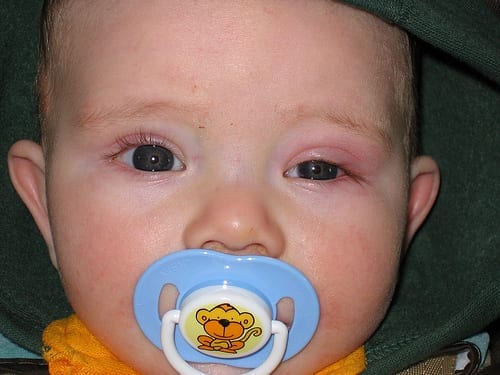Q: What is pink eye? What are the symptoms and how can it be treated? Is it contagious?
A: Pink eye is a common name for conjunctivitis. It?s an inflammation of the conjunctiva, the membrane on the inside of the eyelid and covering the whites of the eyes.
The most frequent causes of pink eye are bacterial or viral infections and allergies. Other possible causes include irritants, such as chemicals, air pollution or dust, and exposure to certain kinds of light, such as sunlamps.
A red, bloodshot eye is a characteristic of pink eye. The eyelid may swell and the eye may burn or feel irritated. Bacterial conjunctivitis may produce a white or yellowish, thick and goopy discharge. This discharge may stick the eyelids shut during sleep. Fluid discharge from allergic or viral conjunctivitis tends to be clear and thin.
Bacterial and viral conjunctivitis is most definitely contagious. The disease often affects young children and spreads rapidly through touch, through the air at close range, and by contact with something the infected child has contaminated, such as towels or bed linens. Children can sometimes spread it to the other eye.
Bacterial and viral conjunctivitis will usually go away without medication, but bacterial conjunctivitis is often treated with topical antibiotic ointment or drops. Preventive practices may help limit the spread of pink eye among children and adults. Frequent hand-washing, not sharing cosmetics, towels, etc. are all recommended for prevention.
These steps are hard to implement among young children, and epidemics often spring up in preschools and day care facilities. Many schools and child-care providers insist that parents to keep their child at home until the pink eye goes away.






Be the first to comment on "What is pink eye?"